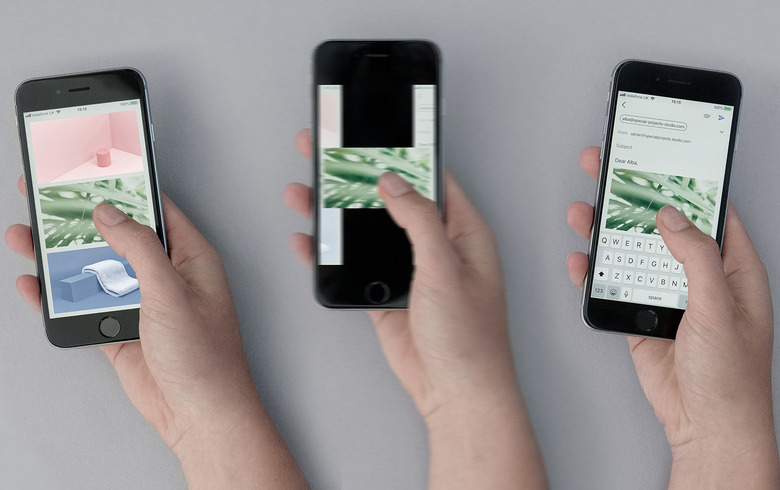'Magic UX' Is The Most Impressive Thing We've Seen On A Smartphone In Years
After a few generations of boring, iterative devices that were impossible to get excited about, we're finally entering a new phase in the smartphone industry that promises to be far more compelling. Smartphone designs are moving in a new direction thanks to the "all-screen" format and foldable OLED displays. The chips that power our phones are becoming more powerful and more efficient thanks to 7nm and upcoming 5nm process technology. And all that power is enabling much more immersive experience on our smartphones, such as next-generation augmented reality.
We've seen all sorts of nifty AR demoed over the past year thanks to Apple's ARKit 2 in iOS 12, as well as nifty new AR features that Google added to Android Pie. Unfortunately, not much of what we've seen has really broken through on a large scale. There are a few neat AR apps out there now, and developers are working on a bunch of multiplayer augmented reality games where multiple people can see the same AR images from different angles while playing. That's going to be pretty awesome and there's no question that multiplayer AR games will be plenty of fun to play at first, but the shine will likely wear off pretty quickly. AR solutions that improve everyday interactions will have much more staying power down the road, and now we've gotten our first glimpse at something that makes use of AR in a totally new and exciting way.
When Apple decided to ditch the iconic home button on the iPhone X last year, it had to figure out the best way to replace its functionality. The solution ended up being a series of gestures that are so good, Google decided to copy them and put them in Android. Among the gestures Apple introduced are a swipe-up gesture that opens the app switcher and a sideways swipe that quickly switches between recent apps. These gestures feel wonderfully natural when performed and they definitely speed up UI navigation. As it turns out, however, there's an even better way to multitask on a smartphone.
UK-based design studio Special Projects on Wednesday announced a new smartphone interface the group created. It's brilliant. Dubbed "Magic UX," the solution uses augmented reality and motion sensors inside a smartphone to create a completely new type of multitasking experience. Boiled down to its essence, Magic UX provides a smartphone multitasking experience that mimics real-world multitasking.
The group basically explains it like this: you're sitting at a table with three objects laid out in front of you side by side. If you pick up the middle object on the table to interact with it, you need to put it down and shift to either side to interact with a different object. Magic UX works the same way. It "pins" apps to physical positions and then automatically switches apps as you move the phone from one position to another.
Here's a video of Magic UX in action:
"In the real world, we use our desk space to organise ourselves – our computer, pen, paper and so on – but we rarely use this physical space to navigate the digital world," Special Projects co-founder Clara Gaggero said of her studio's creation. "The way humans behave can really enrich our digital interactions, and that's what inspired us to create Magic UX."
Special Projects said in a press release that its Magic UX solution is patented and the firm is currently in talks with "several leading technology companies" in an effort to license its technology. No specific companies were named.
